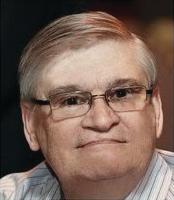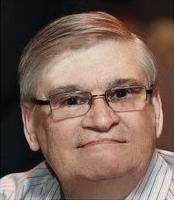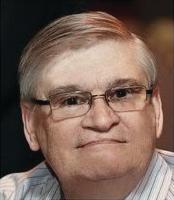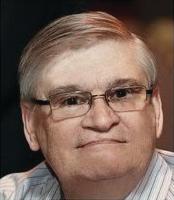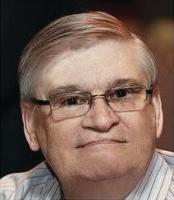It’s clearly management’s responsibility to lead, but what is genuine and effective leadership? Ask 20 managers and you get 20 different opinions. (I’ve done this many times.)
In my view, setting goals and objectives is a key leadership responsibility for owners and managers. This is not a collective responsibility. Five people can rarely agree on where to have lunch, so relegating important goals and direction to “everyone together” is folly.
'By what date?' is my favorite question to managers when they show me written objectives.
